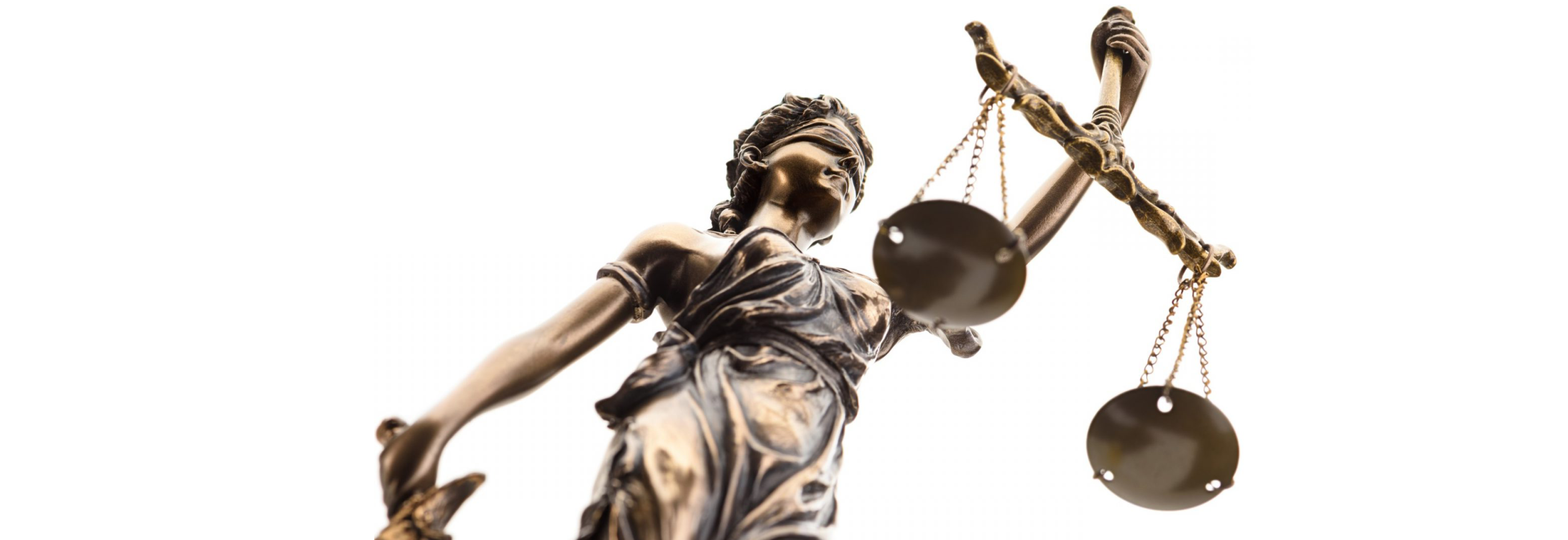Due to the scale of inventory available online, brand safety is a crucial consideration for advertisers.
Its impossible to manually monitor all possible inventory.
But with just a few simple steps, marketers can put the basic precautions in place to avoid appearing next to undesirable content.
In our Guide to Programmatic, created with ISBA, we addressed the challenge of brand safety and what marketers can do to ensure it. Here's what we said:
If programmatic campaigns are poorly managed, advertisers can end up appearing on undesirable websites or beside unsavoury content.
In fact...
Research has revealed that 40% of marketers consider safety their primary concern when buying media programmatically.
Download the ISBA & Infectious Media Guide to Programmatic.
Advertisers need to gain a knowledge of the dangers and assess their risk threshold. This will always vary depending on the brand. The level of brand safety needed for a soft drinks manufacturer will be different from an airline, which again will be different from a gambling site. By working with a transparent partner, advertisers can define the type of campaign they want, what they consider brand safe and monitor the campaign as it progresses.
Fraud and brand safety are linked
Brand safety and fraud are intrinsically linked. Depending on the type of fraud, if ads are being served on fraudulent inventory there is a good chance they are appearing in un-brand safe contexts.
The best way for advertisers and their partners to protect reputations is to maintain a domain blacklist ensuring they don’t bid on illegal or dangerous sites. These sites could be universally harmful, or they might pose problems for specific advertisers.
A good place to start is the Police Intellectual Property Crime Unit (PIPCU) Infringing Website List (IWL), which has been produced to help prevent websites providing unauthorised access to copyrighted content from making money from advertising.
Dig deeper than just bad sites
Brand safety is not just applicable on an individual site level. Reputable premium sites may publish articles that contain non-brand safe topics. Therefore, it is essential to also maintain a keyword blacklist to allow bidding technology to scan pages pre-bid to decide whether to buy the space or not.
If you want to know more about brand safety, and how to ensure it, read our media quality whitepaper to learn actionable steps you can put in place.
If you want to read the rest of the ISBA & Infectious Media Guide to Programmatic, you can download that here:
Download the ISBA & Infectious Media Guide to Programmatic.


.png)

